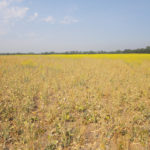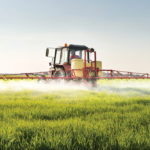When it comes to diagnosing potential herbicide injury, record keeping is vital, say Canola Council of Canada agronomists. “With soil residual herbicides, herbicide history is really important,” says Ian Epp, agronomy specialist with the Council for northwestern Saskatchewan. Because soil residual herbicides are often applied the previous year, good record keeping is important, he adds. Last […] Read more













